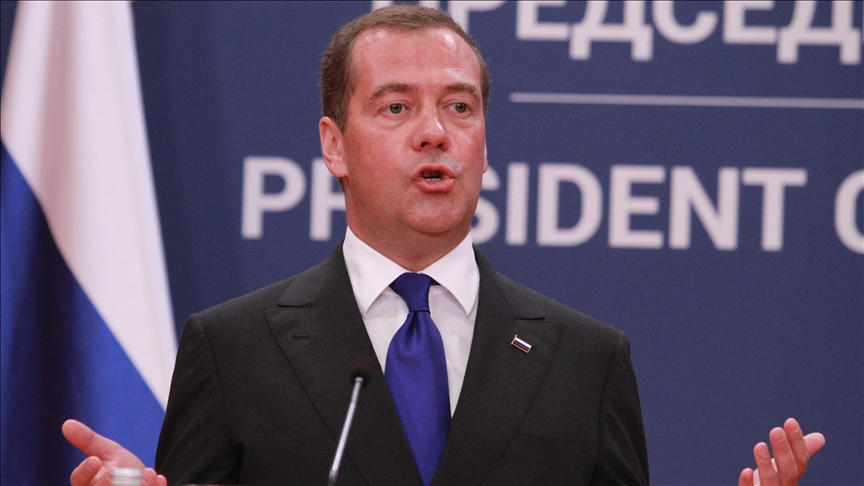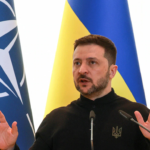Introduction
As Russia prepares for its symbolic Victory Day celebrations on May 9, tensions with Ukraine have once again reached a boiling point. The Kremlin has delivered a series of stern warnings to Ukraine, cautioning against any actions that could provoke what it describes as a “catastrophic reaction.” With global eyes on Eastern Europe, these threats raise fresh concerns about escalation in the ongoing war. Here are the top five developments to watch.
1. Kremlin Threatens ‘Catastrophic Reaction’
On May 3, a spokesperson for the Russian Ministry of Defense warned that any military provocations by Ukraine during the Victory Day holiday would result in a “catastrophic and irreversible response.” This marks a sharp escalation in rhetoric and reflects Moscow’s growing sensitivity to symbolic national dates amid its protracted war with Kyiv.
2. Victory Day Symbolism and Its Role in Russian Propaganda
Victory Day is one of the most politically charged holidays in Russia, commemorating the Soviet Union’s triumph over Nazi Germany in World War II. In recent years, it has become a platform for nationalist messaging and military flexing. This year, Russian officials are reportedly concerned that Ukraine could attempt a high-profile disruption to undermine the message of national unity.
3. Military Mobilization in Occupied Territories
Local sources report an increase in military activity in occupied Donetsk and Luhansk, with Russian troops and equipment being moved toward border zones. Analysts believe this may be a preemptive measure to reinforce vulnerable areas or signal readiness for retaliation in case Ukraine strikes symbolic targets.
4. Intelligence Reports Warn of False Flag Operations
Ukrainian intelligence services have issued alerts suggesting that Russia may stage a false flag attack on May 9 to justify a major escalation. These concerns echo similar tactics used earlier in the war to manipulate public opinion and legitimize military campaigns.
5. Global Reactions and NATO’s Cautious Monitoring
In response to Russia’s threats, NATO has ramped up surveillance over Eastern Europe. While there are no indications of direct involvement, alliance leaders have called for restraint and emphasized that any further aggression could destabilize the broader region. Ukraine, for its part, has vowed not to be intimidated by “empty threats.”
Conclusion
With May 9 approaching, the geopolitical stakes are rising. Russia’s warnings signal a volatile mix of insecurity, propaganda, and military maneuvering. Whether Ukraine will act—or if Russia is laying the groundwork for its own escalation—remains uncertain. As the world watches closely, one thing is clear: Victory Day 2025 could become a flashpoint in the war’s next phase.
Read More: Why Russia’s Victory Day Matters More in 2025









